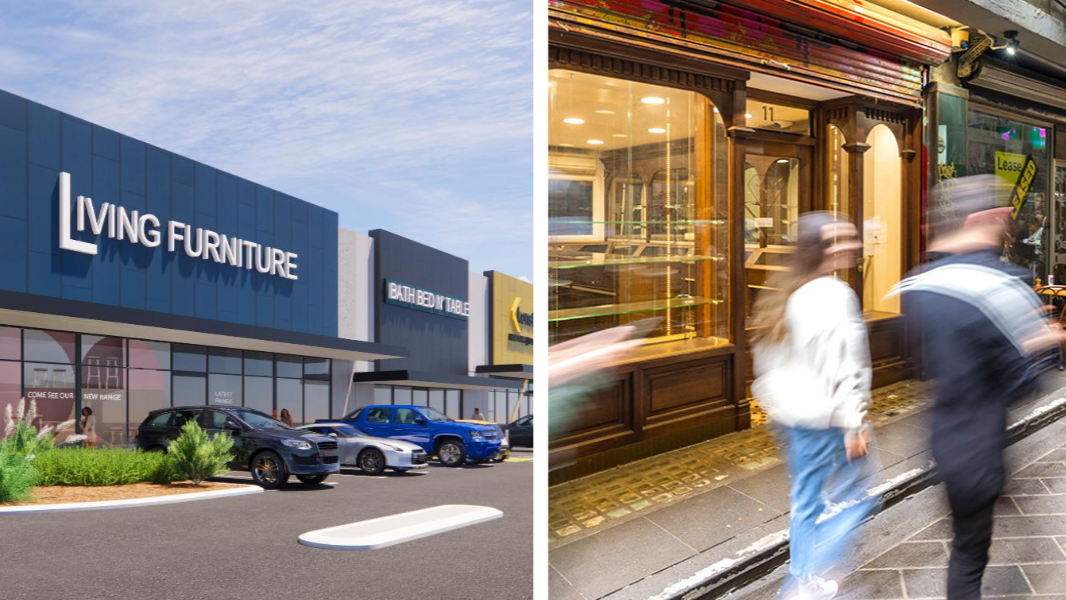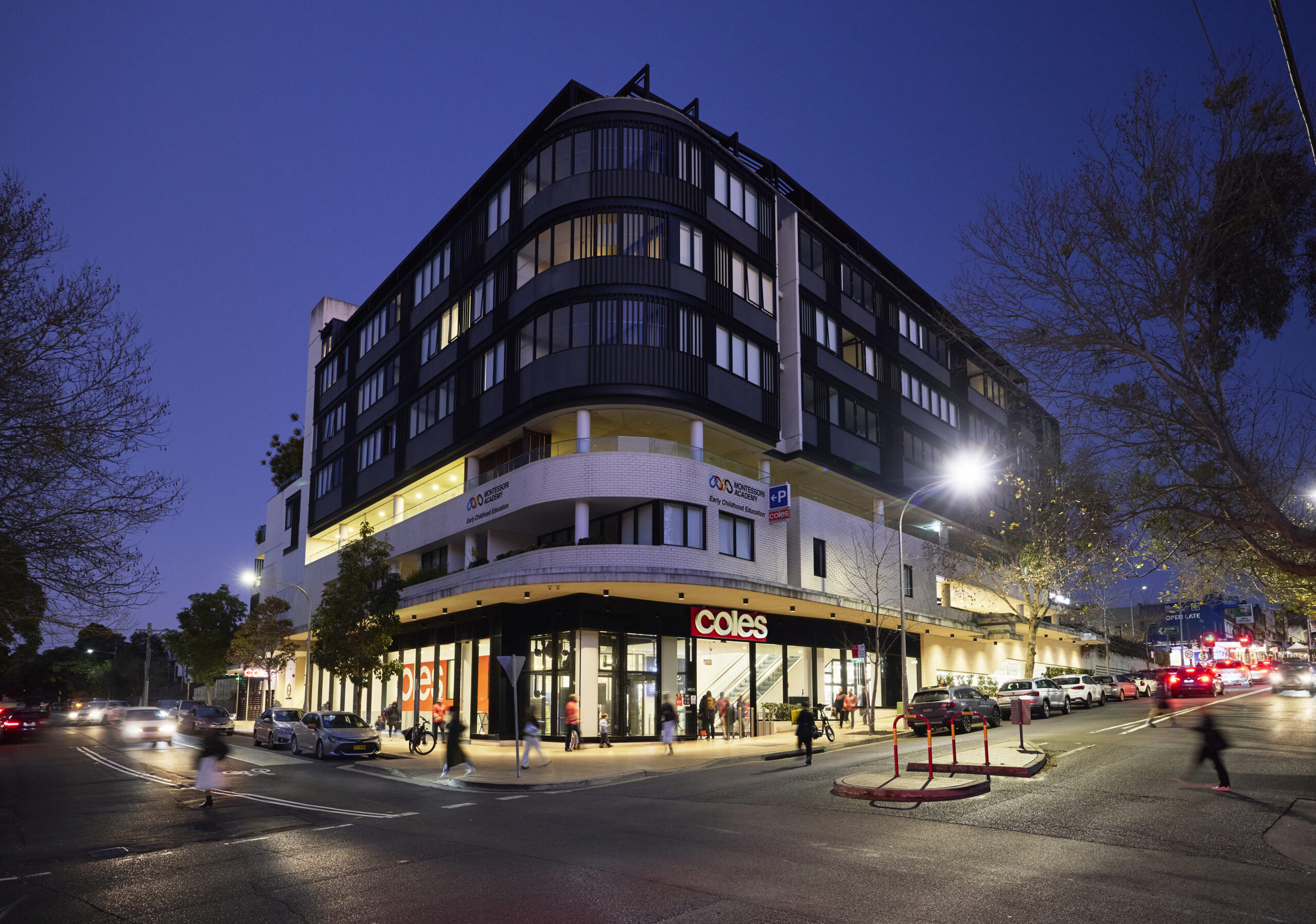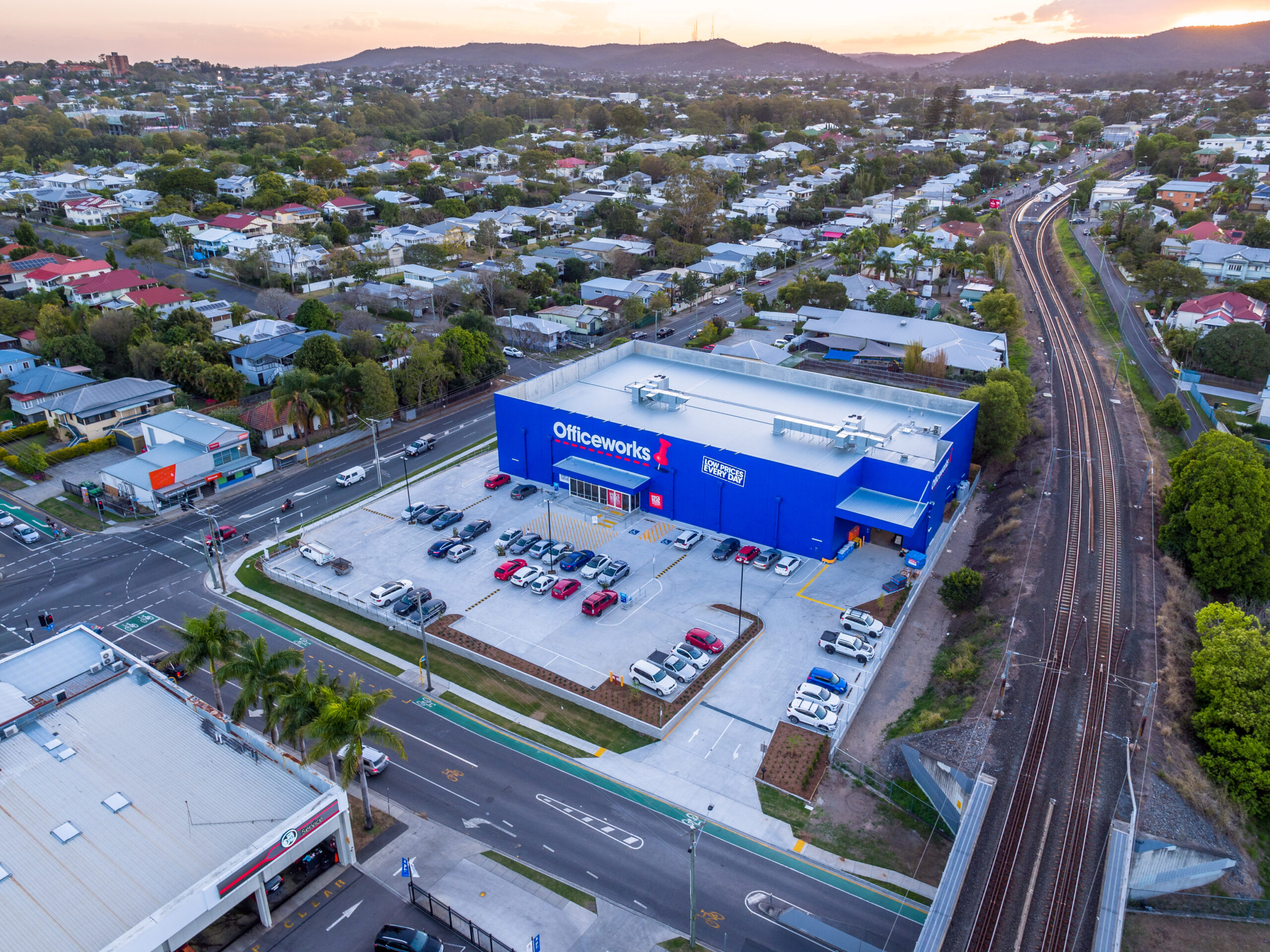
As Australia’s commercial property sector continues to recalibrate, retail remains one of the more stable asset classes. Necessity-driven demand and service-integrated formats are underpinning consistent performance despite broader market uncertainty.
Core Retail
Core Retail, which includes Neighbourhood, Sub-Regional, Regional and CBD assets, continues to show resilience, particularly in suburban trade areas. Sydney’s Q2 data shows current yields for core formats clustering between 4.5% and 6.5%, reflecting investor confidence in income stability.
Vacancy levels are tightening across suburban and Neighbourhood formats. Sydney’s vacancy panels chart occupancy in the 6%–12% range, with Neighbourhood and Sub-Regional centres showing the strongest absorption. CBD retail remains more challenged, with leasing velocity slower and landlords repositioning space to capture longer-term tenants.
Neighbourhood and convenience centres continue to attract demand from food, healthcare and essential service tenants, maintaining positive net absorption and rental stability. Regional and Sub-Regional centres are performing steadily in established trade areas, though discretionary categories remain softer.
Large-Format Retail (LFR)
Large-Format Retail remains one of the most sought-after segments nationally. Investor demand is strong, driven by the defensive income profiles and logistics-enabled attributes of these assets. Limited new supply is adding competitive pressure for high-quality space, and prime yields remain compressed compared to other retail formats. Perth is a standout performer in the LFR segment, supported by strong household-goods categories and population growth. Vacancy levels remain among the lowest nationally, and leasing activity is steady across both fringe and growth-corridor locations.
Broader Retail Market
Leasing conditions across the broader retail market have stabilised. Necessity-driven formats, particularly Neighbourhood and convenience centres, continue to anchor performance across most states. Investor focus remains on assets embedded in strong local catchments, while CBD retail is still experiencing slower leasing momentum and repositioning strategies.
Regional and Sub-Regional centres are holding steady in established trade areas, with demand largely centred on essential service categories. Overall, defensive formats are driving the most consistent absorption and rental outcomes as occupiers seek locations that offer reliable foot traffic and proximity to customers.
State Insights
- Sydney: Yields for core formats remain within the 4.5%–6.5% range. Vacancy is tightening in suburban and Neighbourhood formats, while CBD assets are facing slower leasing momentum.
- Melbourne: Leasing activity has strengthened in suburban and growth-corridor locations, with Neighbourhood centres attracting demand from food, healthcare and essential service tenants. CBD assets continue to undergo repositioning to lift occupancy.
- Perth: Demand for LFR and Neighbourhood centres is robust, supported by strong population growth and household-goods categories. Vacancy levels remain among the lowest nationally, and competition for quality assets is increasing.
- Adelaide: Neighbourhood and convenience centres continue to perform well, benefiting from population inflows and lower occupancy costs relative to the eastern states. Leasing activity is steady across suburban and growth-corridor assets.
Outlook
Q2 2025 data points to a retail market that is stabilising around defensive, necessity-driven formats. Limited new supply in LFR and Neighbourhood centres is expected to place upward pressure on rents and sustain competitive tension for prime locations. Investors are prioritising assets with reliable income and strong catchment fundamentals, while retailers are reconfiguring networks to focus on embedded demand and service integration.
Suburban and growth-corridor assets are likely to remain at the forefront of market activity through the remainder of 2025, while CBD retail will require further repositioning to address persistent vacancy challenges.
For detailed retail lease data and portfolio benchmarking insights, subscribe to Commercial Leasing News or visit LeaseInfo






